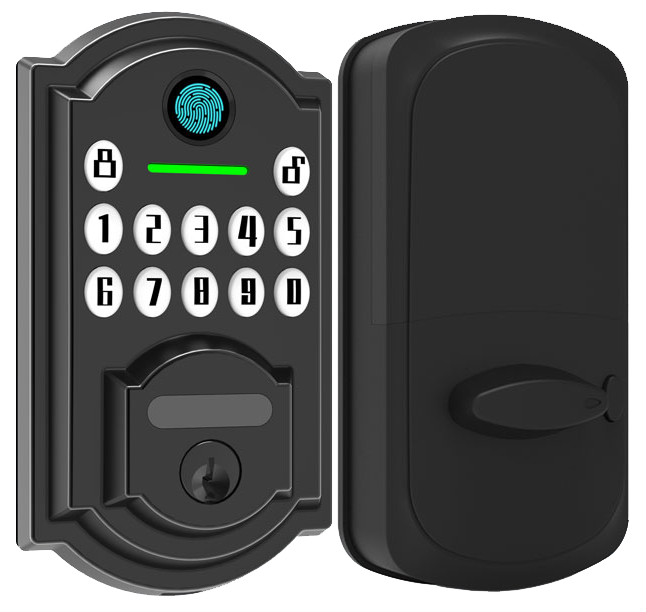Ever fumbled for your keys in the dark and dropped them on the porch?
Fingerprint door locks swap that heavy key chain for a quick tap on a biometric fingerprint sensor (a scanner that reads your unique fingertip pattern). With a soft LED glow, you’re inside in half a second to one second. No flashlight needed.
Your print data is wrapped in AES-256 encryption (bank-level code scramble) and the lock meets UL 294 (a safety test for electronic locks) for proven reliability. It clicks shut on auto-lock mode and sounds an alarm if someone tries to tamper with it.
Want rock-solid security without the hassle? Here are seven top models that fit the bill.
Finger Lock for Door Fundamentals: How Biometric Entry Works
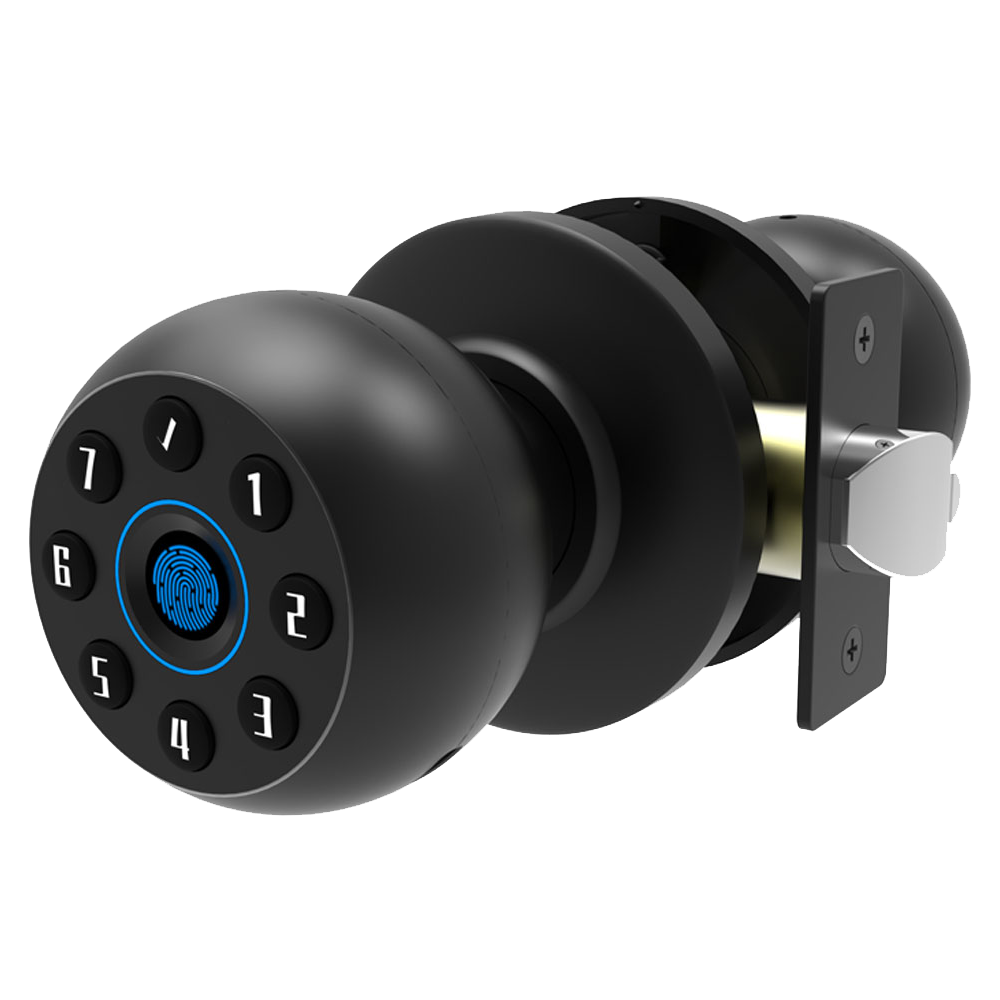
- Fast access: your finger scan unlocks in 0.5 to 1 second.
- Bank-grade security: AES-256 encryption (top-level data scramble) keeps templates safe.
- Pure convenience: no keys to carry or lose.
- Built-in auto-lock and anti-tamper alarm for extra safety.
A fingerprint door lock uses a biometric fingerprint sensor (a reader that checks your unique fingertip pattern) to scan and match prints against 50 to 200 stored templates. That data lives in AES-256 encrypted template storage. It’s like a digital safe, and every lock meets UL 294 standard (security hardware test).
When you press your finger on the smooth metal faceplate, a soft LED glow guides you. Match confirmed, you hear a reassuring click. If someone tries to force the faceplate, an anti-tamper alarm sounds.
Recognition takes just half to one second, with a false acceptance rate under 0.001%. No more fumbling for keys. Many models also auto-lock 5 to 10 seconds after the door closes. Solid.
The core components slide right into doors 35 to 55 mm thick, in either surface-mount or flush-mount style. The simple DIY guide makes install almost fun.
Every entry log stays in onboard memory so you can track who came in and when. No cloud sharing of your prints, extra peace of mind.
Back to our finger door lock: explore Starlight’s finger door lock for a closer look. It even includes a mechanical key override for those battery-run-low days.
Finger Lock for Door Brand Comparison: Starlight vs Top Competitors
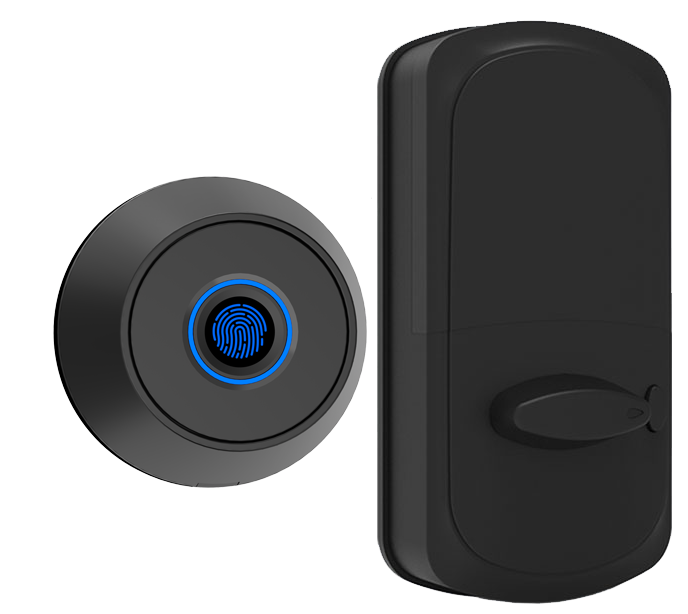
Here’s a quick look at our Starlight Model S versus three popular smart locks. We’ve lined up price, prints stored, unlock speed, connections, battery life, and certs.
| Brand | Price | Prints Stored | Unlock Speed | Connections | Battery Life | Certs |
|---|---|---|---|---|---|---|
| Yale Assure Lock 2 Touch | $259.99 | 20 | under 0.5 s | Wi-Fi (bridge needed) | 3–6 months | ANSI Grade 2 |
| August Smart Lock | $150–$250 | n/a | instant | Bluetooth, Wi-Fi | 3–6 months | none |
| Eufy E330 | $300 | 50–200 | 0.5–1 s | Wi-Fi | 3 months | none |
| Starlight Model S | $199 | 100 | 0.3 s | Wi-Fi, Bluetooth | 6 months | UL 294, ANSI Grade 3 |
Finger Lock for Door Installation Guide: DIY and Professional Tips
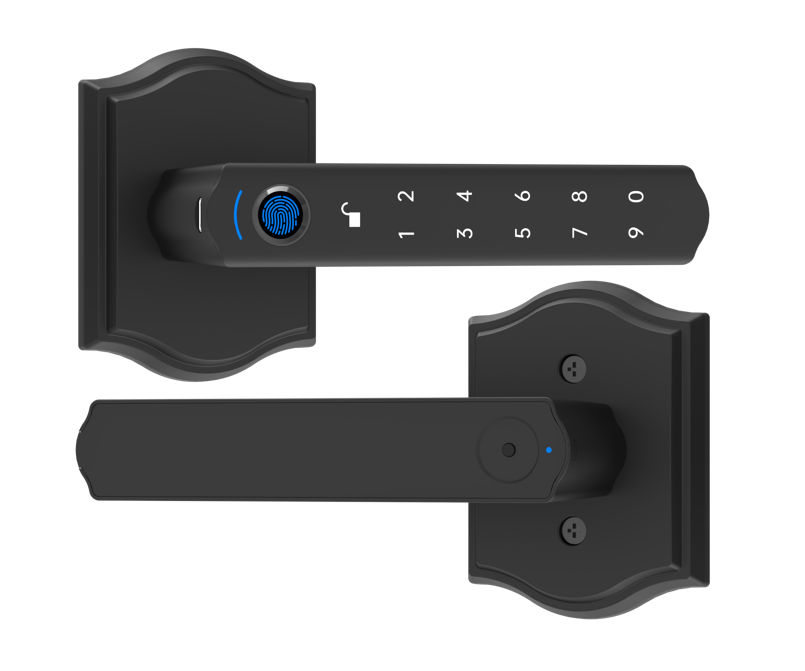
Ready to swap your old deadbolt for a sleek fingerprint lock? This guide breaks it down step by step. Most fingerprint locks fit doors 35-55 mm thick, so no worries there. Grab your tools and a bit of patience, and let’s get started.
Tools you’ll need:
- Drill with a metal bit
- Phillips screwdriver
- Measuring tape
- Level
- Pencil
-
Remove the old deadbolt.
Pop out the smooth metal faceplate and pull the latch from the door edge. Keep the mounting screws, you might use them again for a flush mount or surface fit. -
Position the paper template.
Press the paper guide against the door edge. Mark the center points for the latch hole and the fingerprint sensor opening with your pencil. -
Drill pilot holes.
Start with small pilot holes (tiny starter holes). Then switch to the right drill size for the lock chassis (the main lock body). Brush debris away so nothing blocks the fit. -
Install the chassis.
Slide in the mortise chassis (the lock’s inner body) or the rim-style chassis if that’s your model. Make sure it sits snug and flush against the door face. -
Thread the sensor cables.
Feed the fingerprint sensor wires (the cables that link the exterior and interior units) through the hole to the inside. Give them a gentle tug to check for enough slack. -
Attach the exterior unit.
Align the smooth metal faceplate and fingerprint sensor (a reader that checks your unique fingertip pattern) with the chassis on the door. Insert the mechanical backup key cylinder before you tighten the screws. -
Mount the interior panel.
Fit the interior side panel over the cable. Tighten the screws so it meets the door surface cleanly and sits flat. -
Test your new lock.
Lock and unlock with your registered fingerprint and the backup key. You should hear a reassuring click each time. Solid.
Pros finish this in 30-45 minutes. For a DIY job, set aside 60-90 minutes. If you hit a snag, like wiring that’s too tight or a latch that won’t sit straight, it’s okay to call in a pro for a quick fix.
Back to our fingerprint lock… You’re all set.
Finger Lock for Door Maintenance & Troubleshooting
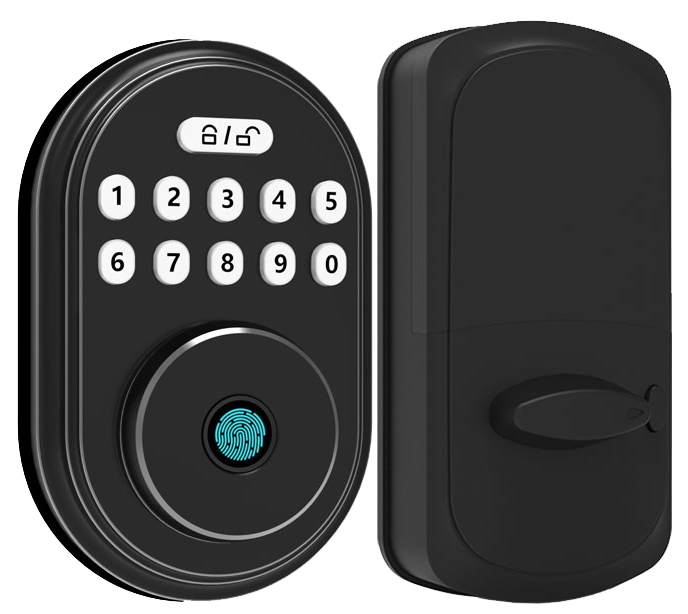
Cleaning
Routine cleaning keeps your biometric fingerprint sensor (a reader that checks your fingertip pattern) working like new. Every three months, grab an isopropyl alcohol swab and gently wipe the smooth metal faceplate and sensor window. You’re removing oils, dust, and tiny bits of grime that build up with every scan. Want to know a secret? A quick wipe now saves you from extra troubleshooting later.
Power Backup
Most locks run on four AA batteries. You’ll get about three to six months of use, depending on how often you open the door. When power drops to around 10%, the lock beeps and the touchscreen keypad flashes a low-battery warning. Swap in fresh batteries as soon as you see that alert.
If the batteries die at the worst time, don’t panic. Plug a 5 V power bank into the micro-USB port and the lock powers up instantly. That gives you time to swap cells without stress.
Common Errors
Error codes are your fast track to fixes.
• E05 means the sensor’s dirty, time for another wipe.
• E12 flags low battery, even if you think you just replaced cells.
• E20 signals a lost link between the indoor and outdoor panels; check cable connections and battery levels first.
Still stuck? Try a reset. Press and hold the reset pin (a tiny, tool-sized slot) for five seconds to restore factory settings. Then open our Bluetooth app and run a firmware update (like a software patch) to clear bugs and keep everything running smoothly.
7 finger lock for door delivers reliable security

Starlight Hardware builds these smart locks in a factory that follows ISO 9001 (a worldwide quality standard). Every unit carries a CE (European safety mark), FCC (U.S. communications approval), UL 294 (security testing) and meets ANSI Grade 2 and 3 (durability levels). You can feel the care in the smooth metal faceplate and solid deadbolt.
Want to know a secret? We test them in desert dunes and Arctic chill.
Solid.
Each lock stores up to 100 fingerprints and works like magic. Our false rejection rate (when the lock won’t open for a known user) stays below 1 percent and the false acceptance rate (when it opens for a stranger) is under 0.0001 percent. It’s nearly perfect scans, time after time. Every lock comes with a one-year warranty, and you can grab a three-year extended plan if you want extra coverage.
Peace of mind built right in.
For businesses and global projects, we handle bulk orders of 500 units or more with lead times around four to six weeks. Full export documentation comes standard, so you won’t hit snags at customs. And these locks talk to your smart home system, too. Bluetooth (short-range wireless) and Wi-Fi modules let you connect to popular automation platforms for real-time status updates (just like pairing your headphones to your phone).
Finger Lock for Door Pricing and Retail Options
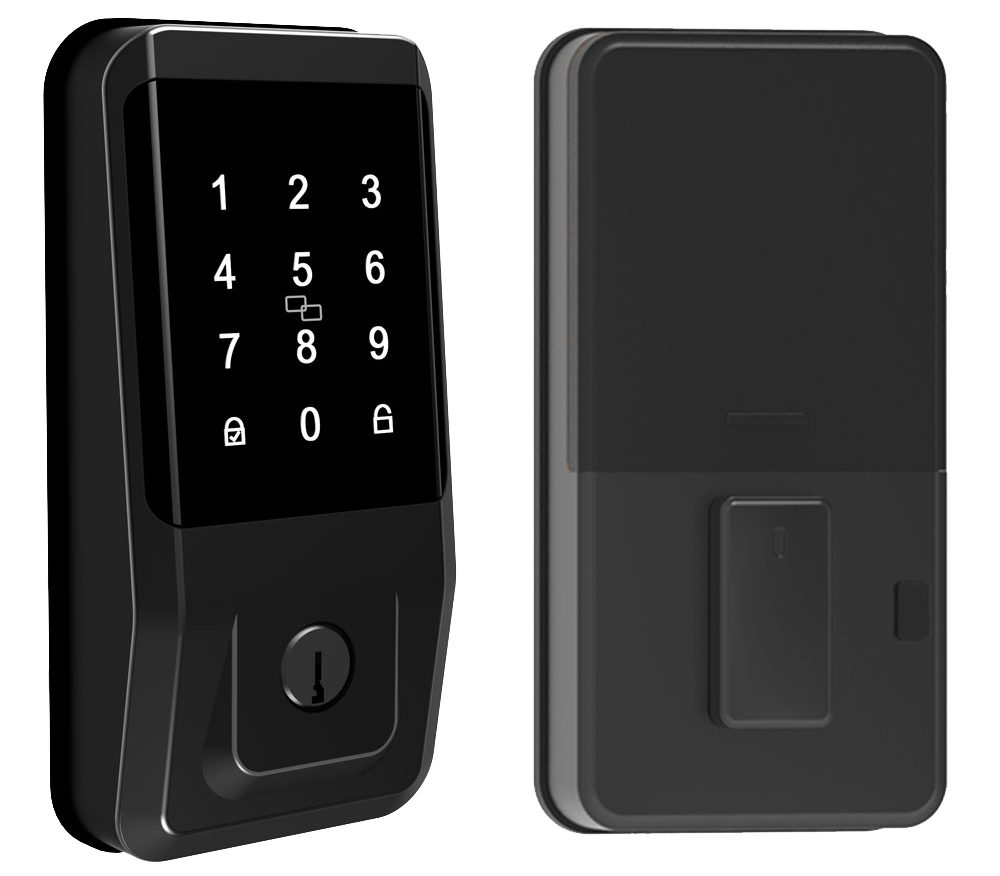
Entry-level locks cost about $100 to $150. You get a basic fingerprint lock. It has a biometric fingerprint sensor (checks your fingertip pattern), a smooth metal faceplate, soft LED glow, and a keypad. It runs on AA batteries that last three to six months. You’ll hear a reassuring click when it locks.
Mid-tier models run $150 to $250. They add Wi-Fi or Bluetooth connectivity for remote control, plus a mechanical key override and friendly low-battery alerts. Want to know a secret? Those alerts can save you from a late-night lockout.
Premium locks range from $250 to $400 and bring more to the table. You get an integrated video intercom, IP65-rated weather protection (dust- and water-resistant), smartphone notifications, and a rechargeable power module for fuss-free energy.
You can find these door locks on Amazon, our Starlight Hardware website, or through authorized distributors worldwide. Homeowners can grab a single unit in minutes. Installers and property managers enjoy bulk pricing and reliable warranty support. Standalone units or wholesale packages fit both one-off upgrades and large-scale rollouts.
Finger Lock for Door FAQs on Retrofit Compatibility, Smart-Home Integration, and Data Security
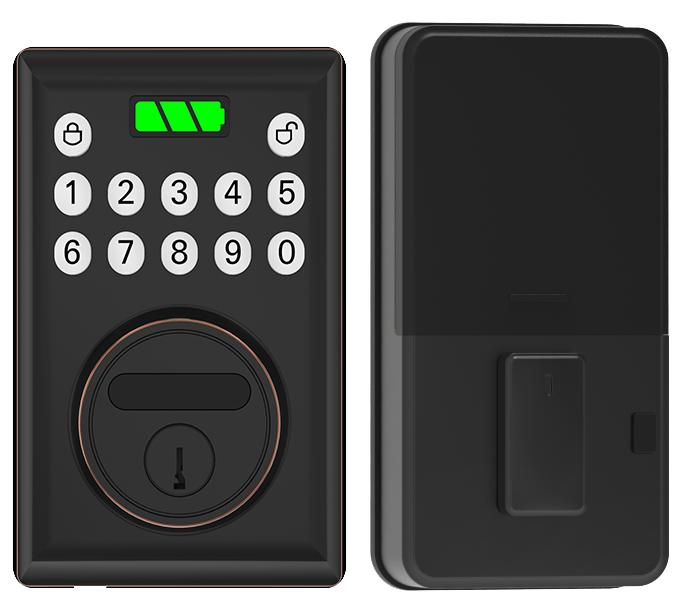
How do I integrate the lock with smart-home platforms?
First, open our companion app and tap the Wi-Fi or Bluetooth icon. It’s just like pairing your earbuds to your phone. You’ll notice a soft LED glow on the smooth metal faceplate when the lock is online.
Want a tip? Give it a fun name you’ll actually remember.
- Select HomeKit, Alexa, or Google Home in the app.
- Follow the on-screen steps to allow permissions and name your lock.
- Say “Hey Siri, lock the front door,” or “Alexa, is the door locked?”
- Create a routine. For example, lock at 10 pm or when you leave.
- Watch live status and get instant alerts on your phone.
Now you’re all set for hands-free entry.
Advanced Finger Lock for Door Features: App Control and Access Logs
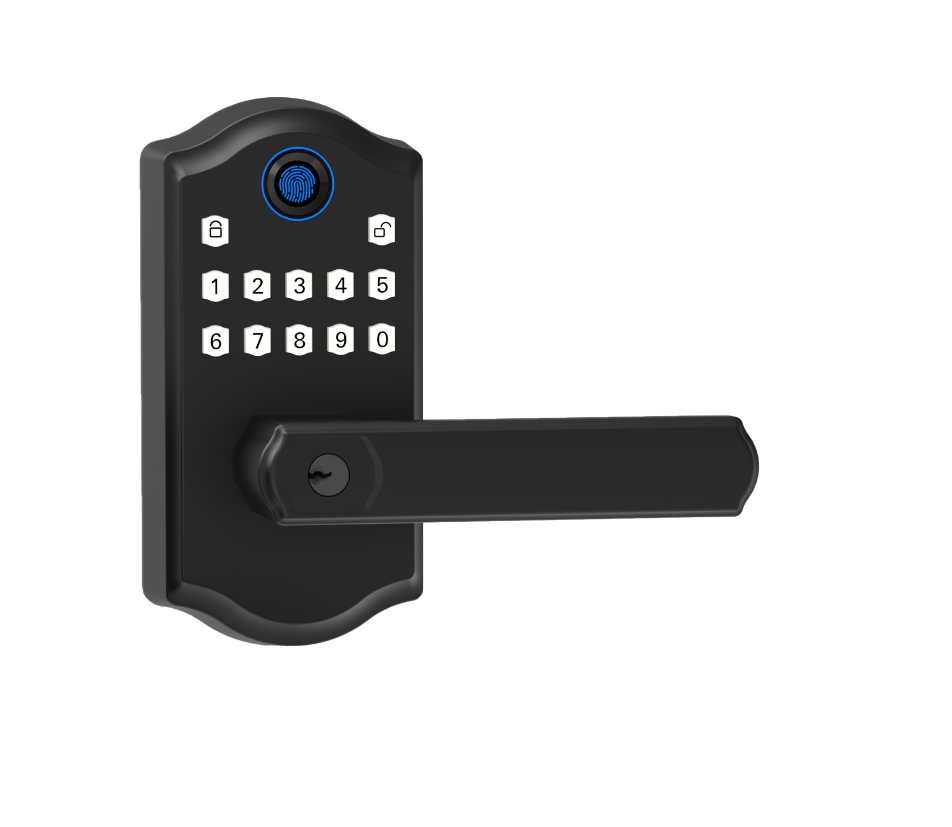
When you grab your phone, a quick tap in the companion app unlocks your door. It works over Wi-Fi or Bluetooth (short-range wireless) up to about 10 meters – kind of like pairing your headphones. Every access attempt pops up as a push notification right away. You can also check the lock log in real time.
Need to let your dog walker in while you’re at work? Just set up a temporary access code or add a guest fingerprint profile in the app. It’s as easy as sending a text and you decide when each code or profile expires.
Starlight’s multi-user fingerprint lock (a lock that uses your unique fingertip pattern) handles 50 to 200 prints. You can give each print its own permission level and expiration date. Every swipe or code entry makes an audit trail – timestamped entries with a snapshot of who opened the door and when. You can filter logs by week, month, or see the last thousand events stored right on the lock.
There’s no cloud sharing of sensitive prints – just secure records you control. It’s built for families, small offices, and rental properties that need both flexibility and rock-solid traceability.
Final Words
In the action of walking through biometric basics, brand comparisons, installation tips, maintenance must-dos, certifications, pricing tiers, and advanced app controls, you’ve seen how a finger lock for door streamlines security with speed, encryption, and ease.
You’ve picked up clear steps for DIY installs, smart sensor-care advice, and a head-to-head comparison of top fingerprint lock brands.
Now you’re ready to choose and deploy the ideal finger lock for door, keeping guests happy, check-ins smooth, and unauthorized access at bay.
FAQ
- What fingerprint door lock options exist?
- The fingerprint door lock options include knobs, levers, and deadbolts with onboard sensors, models for bedrooms and front doors, and versions with mechanical key override (a backup metal key entry).
- Are fingerprint door locks worth it?
- Fingerprint door locks are worth it for quick 0.5–1 second access, AES-256 encrypted templates, no keys to lose, auto-lock and anti-tamper alarms all adding secure convenience.
- What disadvantages come with a fingerprint door lock system?
- The disadvantages of a fingerprint door lock system include occasional sensor rejections, battery dependence with 3–6 month life span, initial investment cost, and rare delays when reading damp or oily fingers.
- Do fingerprint door locks need Wi-Fi?
- Fingerprint door locks do not need Wi-Fi for basic local scanning and unlocking, but wireless connectivity via Wi-Fi or Bluetooth enables remote app control, notifications, and smart home integration.
- What features define the best fingerprint door lock for home doors?
- The best fingerprint door lock for home doors offers sub-second recognition speed, AES-256 biometric template encryption, mechanical key backup, anti-tamper alarms, compatibility with 35–55 mm door thickness, and UL or ANSI certification.

